5 insights on leading change
Leading change involves a lot more than delivering different business processes. A lot of the work for leading successful change comes in preparation, both in upskilling leaders and supporting those affected.
Empathy, self-awareness and a willingness to evolve the approach are all key. In this article I am going to walk you through five key insights on leading change so you are better prepared for the road ahead.
Really think about those impacted
Step into the shoes of those impacted by the changes happening and experience what it will be like for them and then work on a plan that supports them to navigate this. Creating space to listen to those affected and respond to what they say makes all the difference. It means asking difficult questions like:
“How do you feel about this change?”
“Tell me all of the reasons you think this could fail?”
“What have we missed?”
AND listening to the answers.
Allow space for people not to like the change
Transitions and changes start with ending, loss and letting go, as the organisation moves from old ways to new ways of working. All the feelings that come with endings are natural at a time of organisational change. That means not quashing negativity, but making space for it. This can go against the habit of relentless positivity that organisations can fall into. Support managers and leaders to hold space for those in transition. Coaching In Motion runs workshops to upskill managers to do just that.
Clear is kind, unclear is unkind
Be clear what the change means for people. Clearly communicate how the change will impact people differently and tailor communication and support in response to what you learn through your conversations with those affected. If a person who is hardly affected gets the same comms as those whose role is going to be vastly different then your messaging will miss the mark. This may take longer but will help your change effort to be effective.
Work on yourself
The skills needed to lead a stable organisation are very different from those that are needed to lead through change. Beliefs and behaviours that worked previously may not support the change process and what comes afterwards. Our beliefs on what drives success can be somewhat hidden so take the time with a coach to explore. Using a 360 tool such as the Leadership Circle Profile to build awareness of how those in the organisation experience working with you will give a different perspective.
Don’t be a slave to a model
Using a model can feel comforting. They are a great foundation for planning change but a model alone is not enough. The danger of using someone else’s model (such as Porter Fuve Forces) is that you can become more focused on the plan and the next steps it dictates than on responding to how the change is unfolding. Flexibility and adaptability will support you to update your thinking and iterate what you are doing. People often respond in ways we don’t anticipate. Build in space for this to update your thinking
Leading difficult change will always be challenging. No single action, model or approach can stop it being so. There are areas of preparation and personal skills development that can support you, and your organisation through the process.
Coaching in Motion has a range of support tools including workshops, day coaching, team coaching and individual coaching. Please do get in touch if you would like to explore different approaches to you

